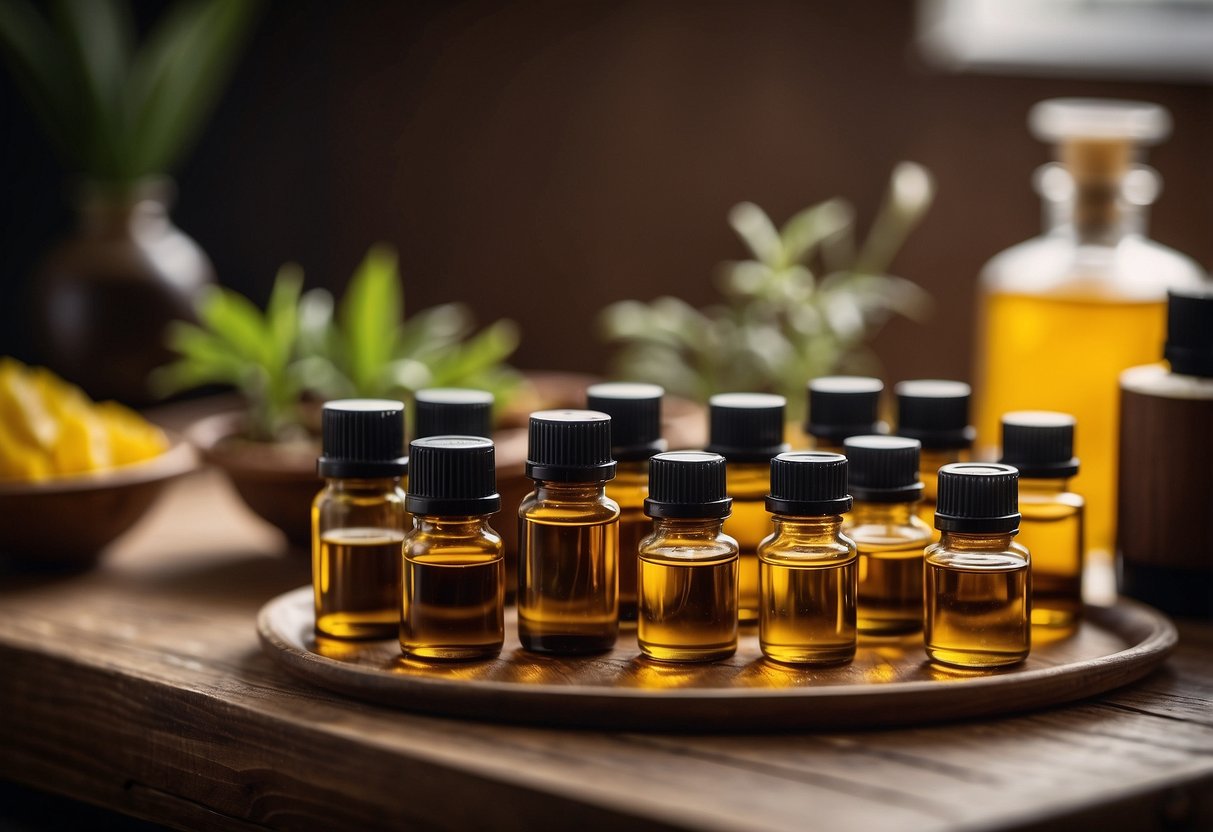Essential Oils: Their Benefits and How to Use Them Effectively
Peppermint for Headaches and Nausea
Peppermint oil is frequently used to combat headaches and nausea due to its cooling and soothing effects. The menthol in peppermint oil acts as a muscle relaxant and pain reliever, which can be particularly effective for tension headaches. Applying a diluted solution to the temples or inhaling its scent can provide relief from headache symptoms.
Peppermint oil also helps with nausea and digestive issues. Its antispasmodic properties can ease stomach cramps and discomfort. Some find that inhaling peppermint oil or using it in a diffuser helps to minimize feelings of nausea. This makes it a favorable choice for those suffering from motion sickness or morning sickness.
Tea Tree for Antimicrobial Purposes
Tea tree oil is renowned for its powerful antimicrobial properties, making it an effective remedy for various skin conditions and infections. It can be used to treat acne, as its antibacterial properties help to reduce inflammation and prevent future breakouts. Applying a diluted solution to affected areas can be beneficial.
Tea tree oil is also effective against fungal infections such as athlete’s foot and nail fungus. Its antifungal properties can help to clear up infections when applied topically. Additionally, it is used in household cleaning solutions to disinfect surfaces, thanks to its ability to kill a range of pathogens.
Application Methods for Essential Oils

Using essential oils can be both beneficial and enjoyable. The main methods of application people commonly use are diffusing the oils into the air and applying them topically with a carrier oil.
Diffusing in the Air
Diffusing essential oils is a popular method for inhalation, which allows the aromas to be dispersed throughout a space. A diffuser breaks the essential oils into smaller molecules and distributes them in the air, making it easy to breathe in their benefits. It is important to follow the manufacturer’s instructions to achieve optimal results and avoid using too much oil, which can overwhelm the senses.
Aromatherapy can help promote relaxation, enhance mood, and even support respiratory health. Different diffusers, such as ultrasonic and nebulizing types, offer various benefits. Ultrasonic diffusers use water to disperse the oils, while nebulizing diffusers do not use water and can release more concentrated aromas. Selecting the right diffuser depends on personal preference and the desired strength of the scent.
Topical Application with Carrier Oil
Applying essential oils topically involves diluting them with a carrier oil to prevent irritation and ensure they are safe for the skin. Carrier oils, such as coconut or jojoba oil, are needed because pure essential oils are highly concentrated and can cause adverse reactions if applied directly to the skin.
The dilution ratio depends on the user’s age, skin sensitivity, and the particular essential oil used. A common ratio is one drop of essential oil to five drops of carrier oil. Essential oils can be used for massages, incorporated into skincare routines, or applied to specific areas for localized benefits. Performing a patch test before widespread use helps ensure there is no allergic reaction.
Topical application can provide targeted relief, such as soothing sore muscles or supporting skin health. Adjusting the dilution and application method according to individual needs maximizes the benefits while minimizing any risks associated with improper use.



